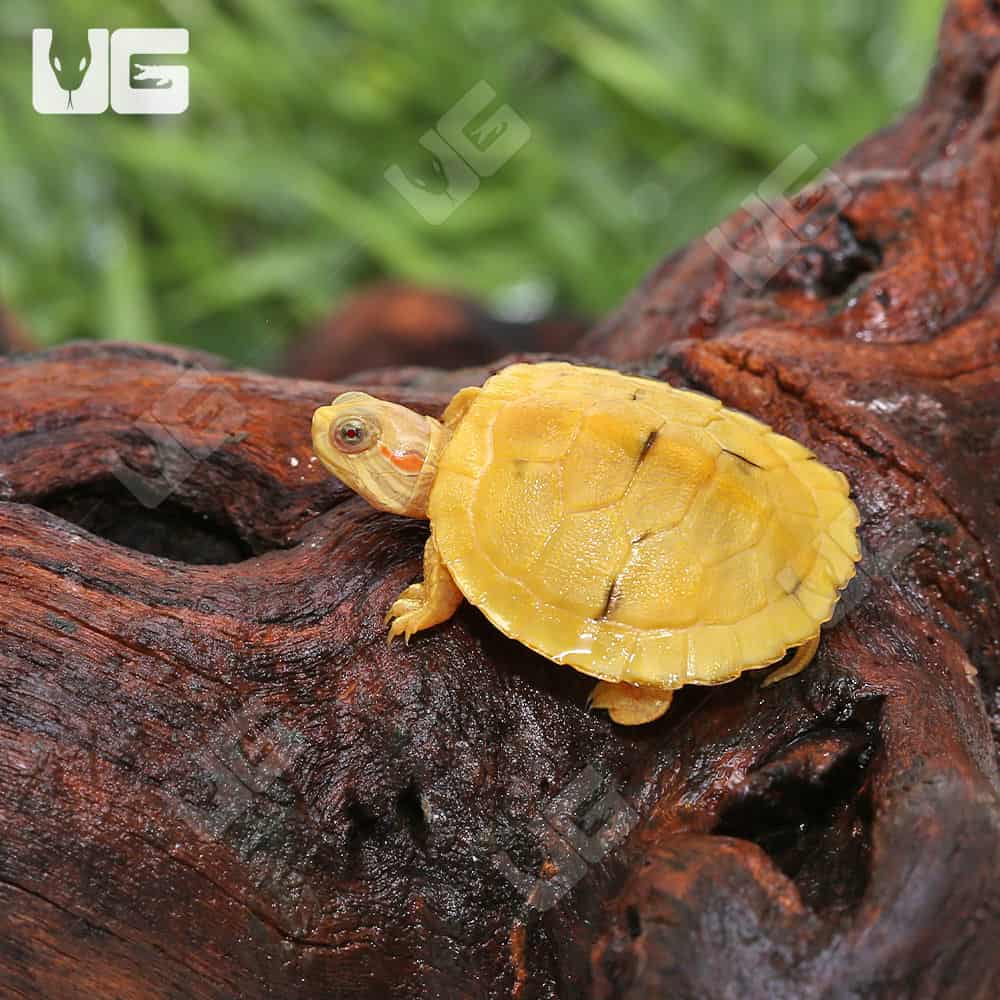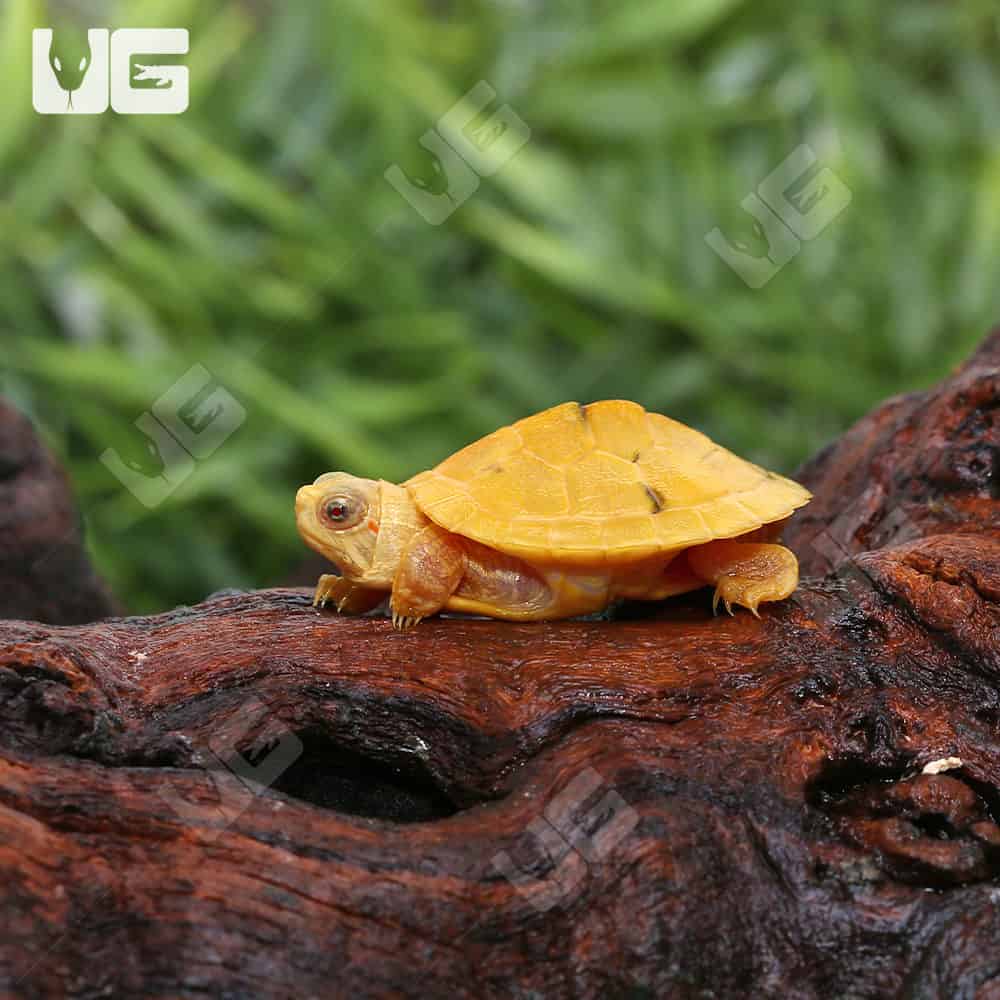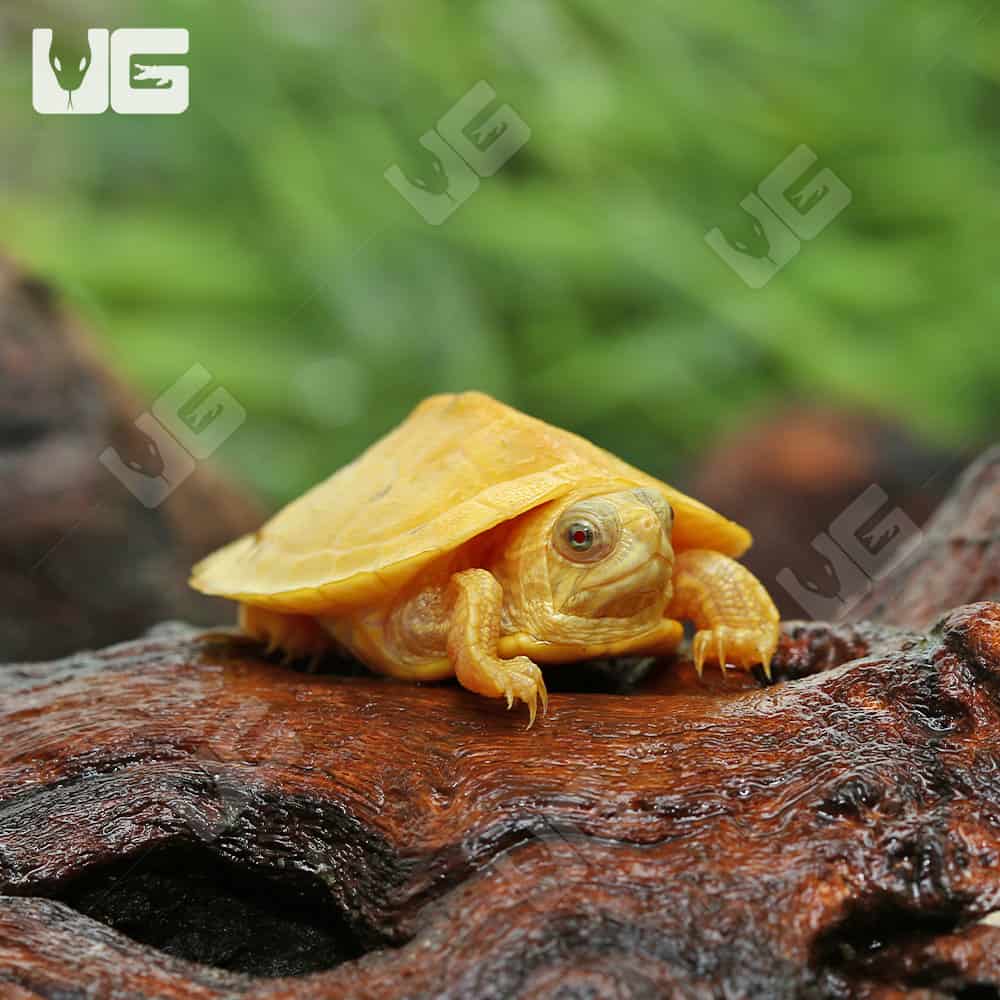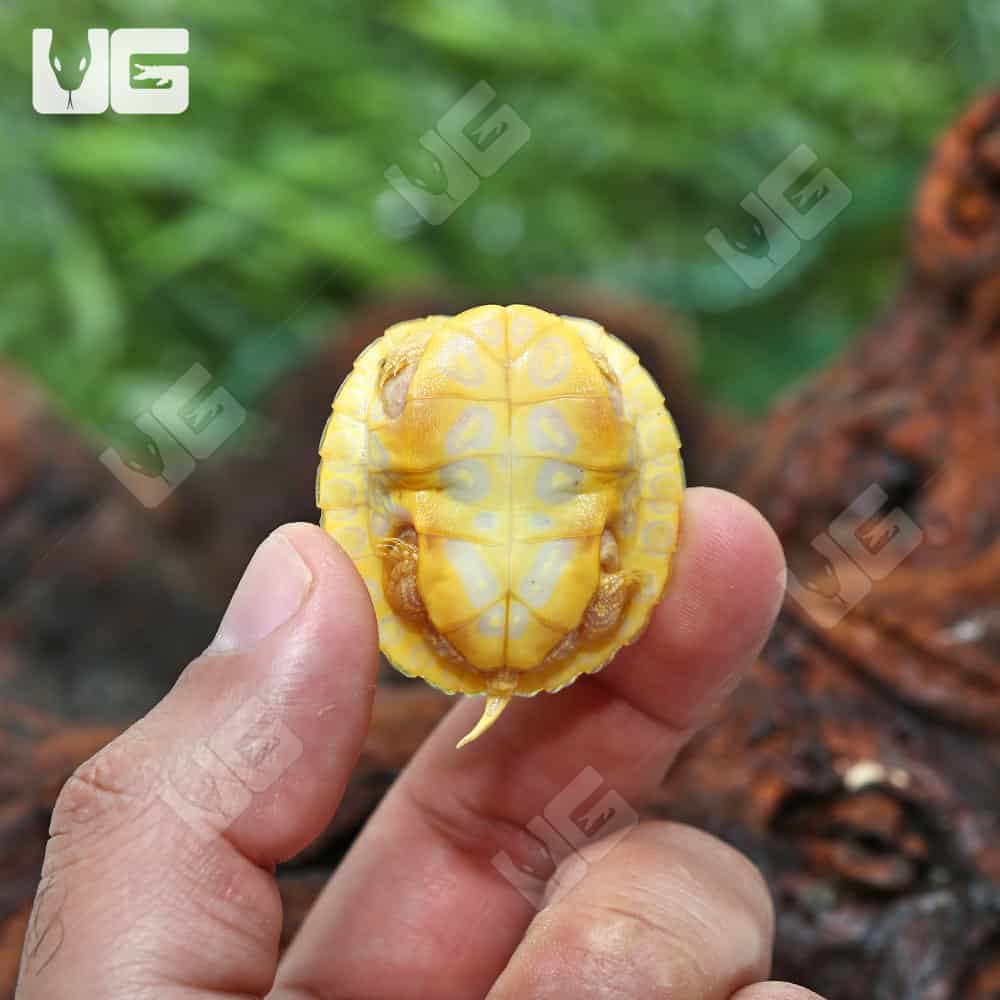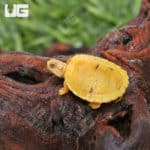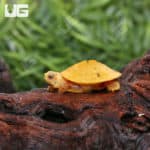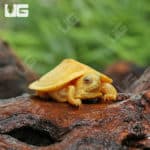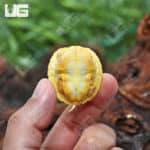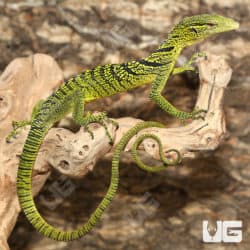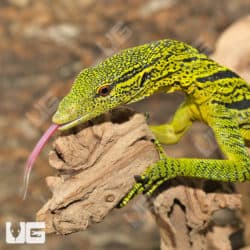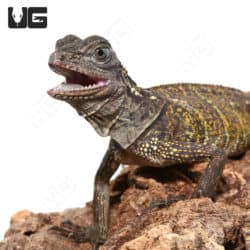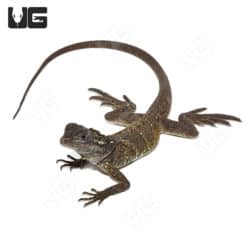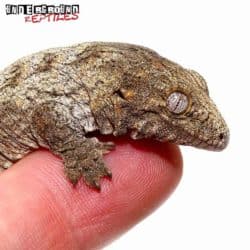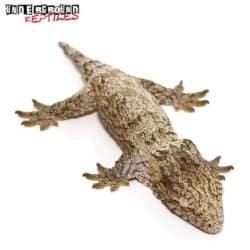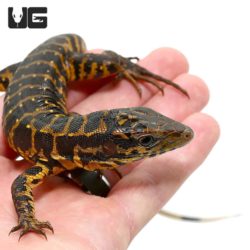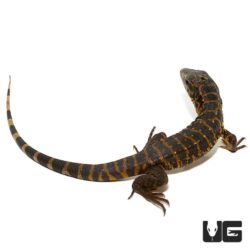WE HAVE PARADOX ALBINO RED EAR SLIDER TURTLES FOR SALE. HERE ARE SOME HIGHLIGHTS:
- Trachemys scripta elegans
- Captive Bred
- Approximately 1.5 – 3 Inches In Shell Length
- Adults Will Average In Sizes Of 10+ Inches
- Voracious Feeders Devouring Pellets, Krill, Crickets, And Greens
FUN FACTS!
- The Amazing Colors On This Rare Animal Will Keep You Intrigued For The Long Term
- Originating From Northern And Central America Ranging From The East Coast To Texas From Illinois To The Gulf Of Mexico
- Wide Ranging Turtle Living In A Variety Of Climates But Sticking To Slow Moving Rivers, Humid Habitats, And Hot Temperatures
- With Proper Care These Can Live 20+ Years In Captivity
MORE INFO ON THIS NEW MORPH:
A completely new morph !
Paradox Albinos are not related to Snows, Leubinos, Caramels or Charcoals – but imagine what you could make by putting all their genes together ! As adults they are yellow/white or Lime, with a few to many black Pinto-like blotches all over them – a few even have some normal traces of green markings – like random drops of paint on a canvas – each is unique – and crazy to look at…
As hatchlings, this new morph’s eyes have the blue iris like a Caramel, but with a very large glowing red pupil – more like a snow – making clear that their mutation is a form of albinism …
When hatchlings close their eyes, you can clearly see the glowing red pupil & iris, right through their eyelids – almost as if their eyes were still open (as adults, their eyes darken up – but always show albino red in sunlight). Hatchling’s heads, limbs and skin is all very transparent & under a soft 40 watt light their soft parts actually glow (see the top photo). When they first hatch, their shells and skin are soft yellow and light pink – in a few weeks fully defined patterns develop and some even have traces of blue/black or green pigment randomly appear on their carapaces & plastrons (Paradox) suggesting even more possibilities on their genetic tool belts. As they grow, they have small to large black – and sometimes normal green colored markings all over their shells and skin – some even develop a lime albino color…
There have now been several first breedings with non-Paradox RES that have produced hatching Paradox – so the gene is clearly dominant.

